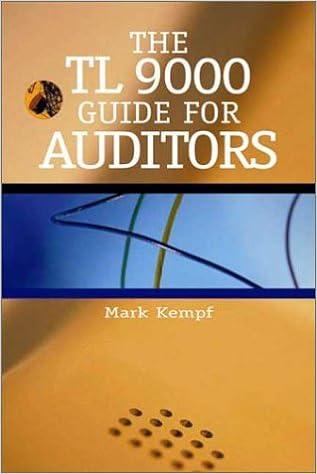Answered step by step
Verified Expert Solution
Question
1 Approved Answer
This is part B), don't mind the part C. Can You please solve this task? It's really important. Thanks in advance! The output of a


This is part B), don't mind the part C.

Can You please solve this task? It's really important. Thanks in advance!
The output of a filter is given by y(n) = cos(a) x(n) + sin(a) x(n - 1) e) In real applications, you have mostly access to independent, zero mean, unit-variance Gaussian distributed samples w(n). How can you built (from w(n)) samples x(n) with power spectral density as in point b)? Verify on Matlab. b) The random input signal x(n) consists of zero mean Gaussian distributed samples with power spectral density Rxx, (f) = rect ,fe [0,1), [0,1]. Find the power spectral density Ryy,a, (f) of output y(n). c) Find the power My,a, at the system's output. B The output of a filter is given by y(n) = cos(a) x(n) + sin(a) x(n - 1) e) In real applications, you have mostly access to independent, zero mean, unit-variance Gaussian distributed samples w(n). How can you built (from w(n)) samples x(n) with power spectral density as in point b)? Verify on Matlab. b) The random input signal x(n) consists of zero mean Gaussian distributed samples with power spectral density Rxx, (f) = rect ,fe [0,1), [0,1]. Find the power spectral density Ryy,a, (f) of output y(n). c) Find the power My,a, at the system's output. BStep by Step Solution
There are 3 Steps involved in it
Step: 1

Get Instant Access to Expert-Tailored Solutions
See step-by-step solutions with expert insights and AI powered tools for academic success
Step: 2

Step: 3

Ace Your Homework with AI
Get the answers you need in no time with our AI-driven, step-by-step assistance
Get Started


